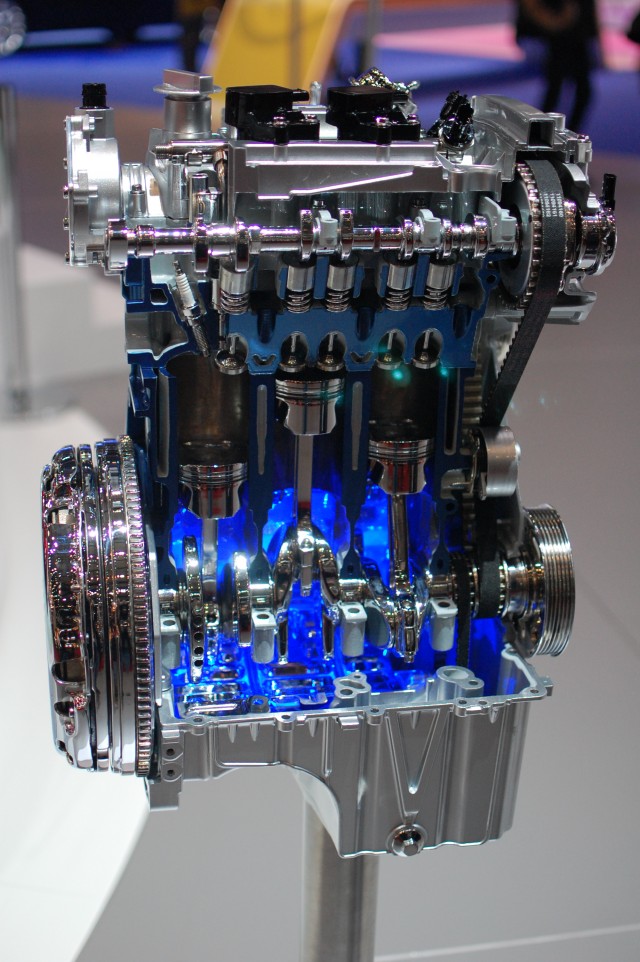The Ford Motor Company has come up with an interesting new variation on digital rapid prototyping. Usually when you talk about Computer Numeric Controlled (CNC) machines, they fall into one of two categories. The first is a subtractive process where a part is cut out of a block of raw material like a sculpture. The machine removes all of the waste material until all that’s left is the part as defined by the Computer-Aided Design (CAD) model. Additive CNC machines, like 3D printers, are a relatively new technology that have recently opened up rapid prototyping to enthusiasts everywhere. These machines build parts by starting with nothing and precisely adding material to the exact shape of the CAD model. What you’re left with is a physical representation of the digital information with no waste material.
Ford’s Freeform Fabrication Technology (F3T) is a new genre of rapid prototyping. Their machine takes existing raw material in the form of mass produced sheetmetal and manipulates it into the desired shape as defined by the CAD model. It appears that two round tip styluses press into the sheetmetal from the top and bottom in order to make the desired bends. After multiple passes, the two machines turn flat sheetmetal into the equivalent of a stamped part. The cool part is the finished product that comes out of the F3T machine should have pretty similar material properties and strength to the equivalent mass produced part without the time and money involved with making expensive dies. Like the other forms of rapid prototyping, this technology will be great for cost effective low production parts.
Source: fordvideo1 on YouTube via Gizmodo

